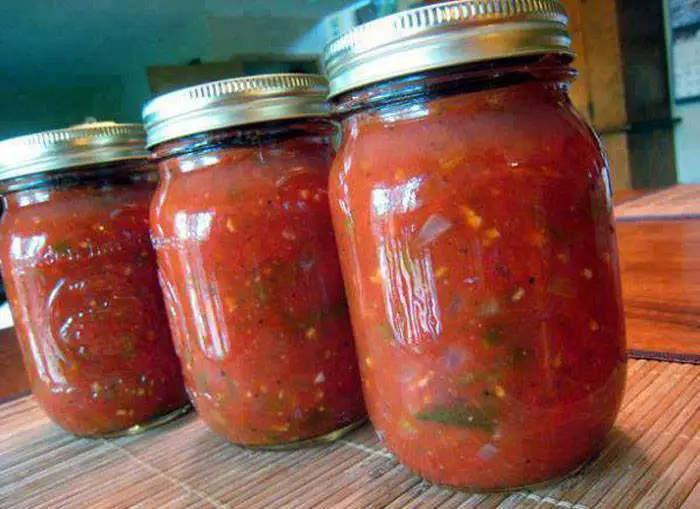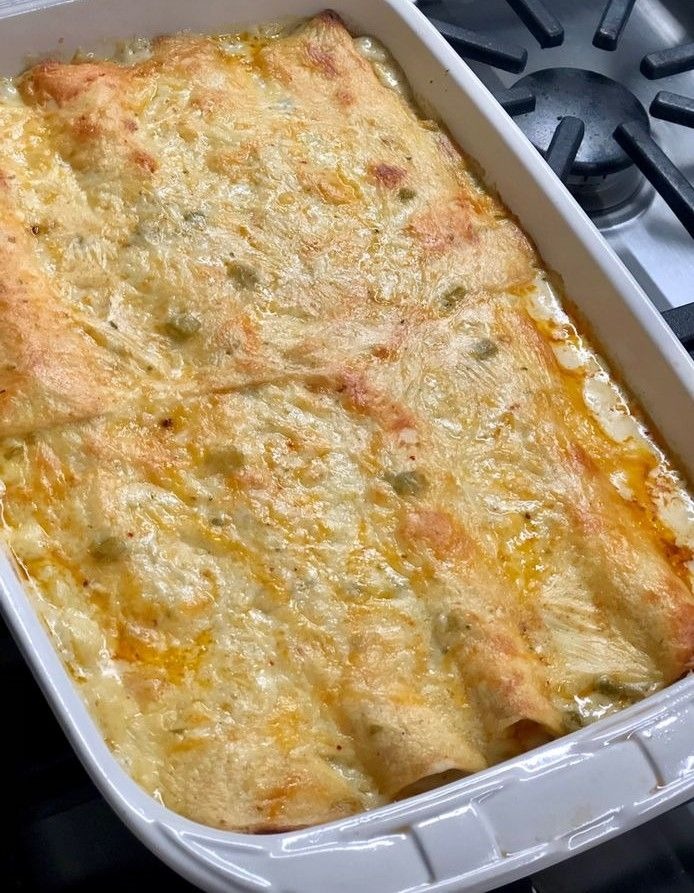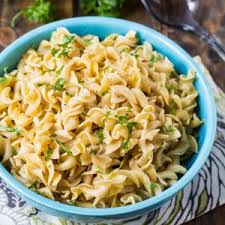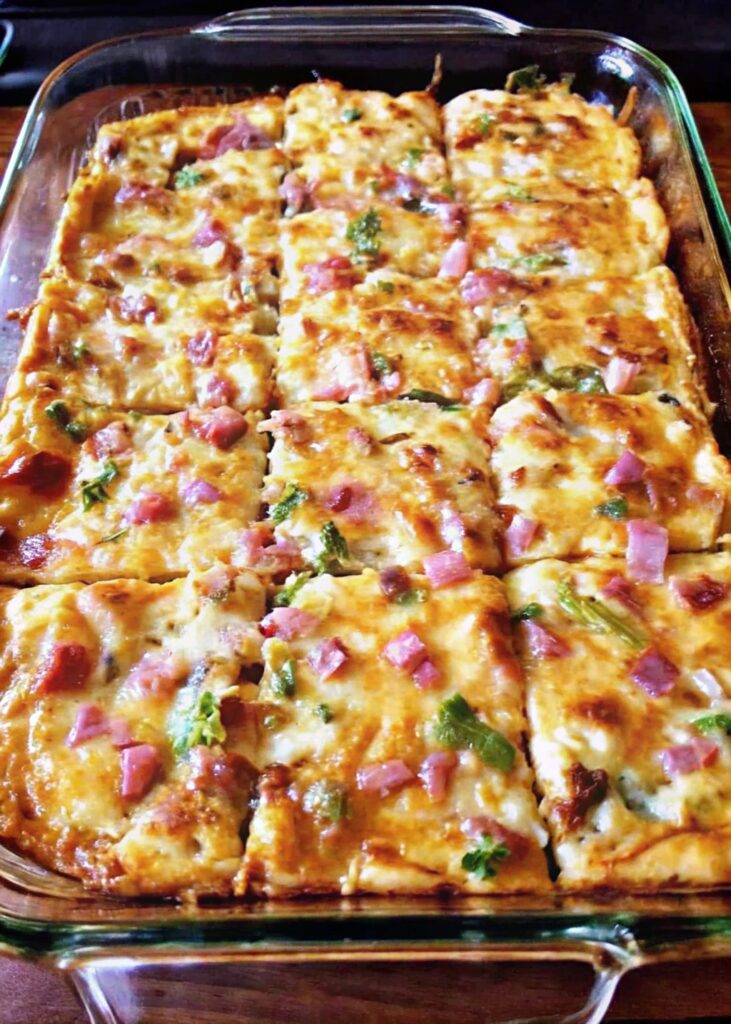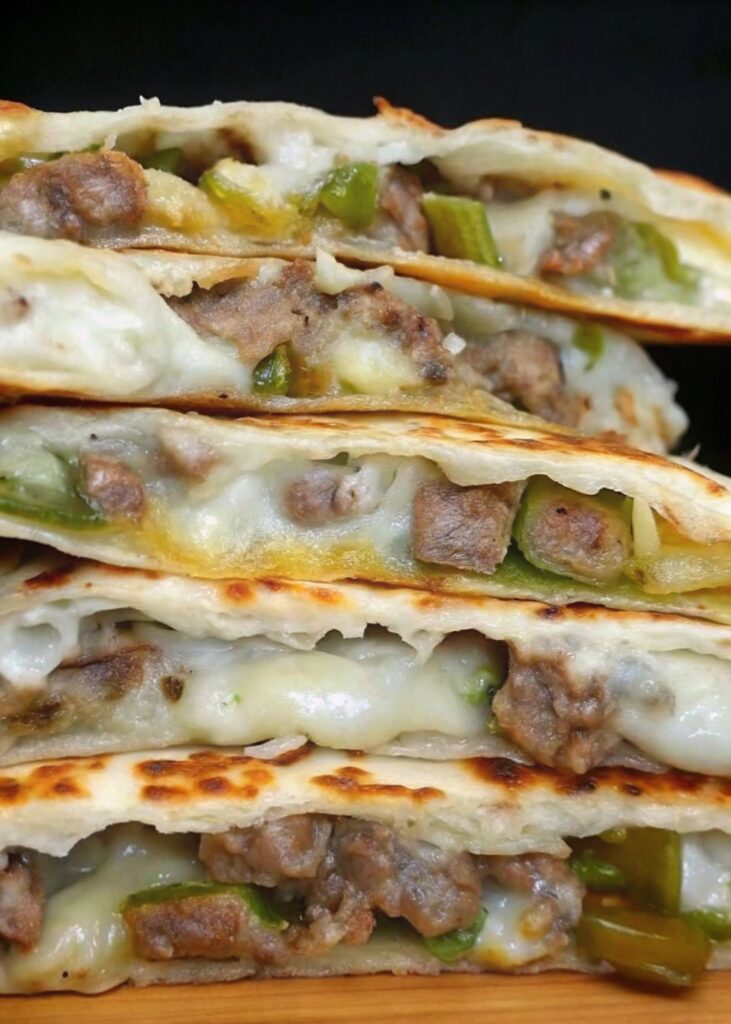20 LOST RECIPES FROM THE PIONEERS: WHAT THEY COOKED IN THEIR JOURNEY WESTWARD

Imagine setting out on a journey with only the essentials, your family, and a trusty cookbook filled with cherished recipes passed down through generations. This was the reality for the pioneers as they ventured westward, creating meals from limited ingredients yet full of heart and warmth. Today, we dive into 20 Lost Recipes From The Pioneers, offering a glimpse into the culinary past where every dish tells a story of resilience and creativity.
Why You’ll Love This Recipe
This collection of pioneer recipes is a tribute to simplicity and resourcefulness. Whether you’re a history enthusiast or someone who appreciates the art of cooking with basic ingredients, these recipes will inspire you. They remind us of a time when meals were more than just sustenance—they were a way to bring families together and create lasting memories.
Kitchen Equipment You’ll Need
- Heavy frying pan
- Skillet
- Dutch oven
- Colander
- Stew-pan
- Baking pans
- Foil for wrapping
- Wooden spoon
Ingredients
For each recipe, you’ll need a variety of ingredients, including:
- Side pork or thick-cut bacon
- Flour, milk, and spices like salt, pepper, and paprika
- Apples and mud for cooking (yes, mud!)
- Dry pinto beans, onions, and spices for chuckwagon beans
- Sweet potatoes
- Cooked rice, eggs, and raisins for Spotted Pup
- Jerky and milk for gravy
- Various ingredients for a range of pies, cakes, and biscuits
Step-by-Step Instructions
Side Pork and Mormon Gravy
- Cook 8 thick slices of side pork in a heavy frying pan until crisp. Remove and keep warm.
- Measure and return 4 tablespoons of fat to the skillet.
- Add 3 tablespoons of flour and brown slightly.
- Remove from heat, add 2 cups of milk, and stir well.
- Return to heat and cook until thick and smooth. Season with salt, pepper, and paprika.
- Serve with side pork on potatoes, biscuits, cornbread, or pancakes.
Mud Apples
- Coat 4 large apples with about an inch of thick mud.
- Place them in hot coals and leave for about 45 minutes.
- Remove, knock off the dry mud, discard skins, and enjoy the sweet pulp.
Chuckwagon Beans
- Wash and boil a 16-ounce package of pinto beans with 6 cups of water for 5 minutes. Turn off heat and let sit for an hour.
- Add 3 more cups of water, bring to a boil, then add chopped onions, salt, oregano, garlic, pepper, and brown sugar.
- Cook for about an hour, stirring occasionally.
Baked Pocket Yams
- Wrap sweet potatoes in foil and place them among hot coals.
- Cook until soft, around 45 minutes, turning occasionally.
- Let cool slightly before using as hand warmers, then enjoy with butter.
Tips for Success
- For richer flavors, don’t rush the cooking process. Let each dish simmer until it reaches full potential.
- If cooking over an open fire, manage the heat carefully to avoid burning.
- Use fresh, quality ingredients where possible to enhance taste.
Additional Tips and Variations
Feel free to adapt the recipes to modern tastes and dietary needs. For instance, you can use turkey bacon instead of pork or add more vegetables to the dishes for added nutrition.
Nutritional Highlights (Per Serving)
- Calories: Varies per recipe
- Protein: High, especially with meat and bean dishes
- Fiber: High in recipes using beans and vegetables
- Fat: Moderate, can be adjusted with ingredient choices
Frequently Asked Questions (FAQ)
Can I use modern cooking appliances? Yes, while these recipes were traditionally cooked over open fires, you can easily adapt them to your stove or oven.
What can I use as a substitute for side pork? Thick-cut bacon or ham work well as substitutes.
How do I store leftovers? Store in airtight containers in the refrigerator for up to 3 days.
Conclusion
These pioneer recipes are more than just meals; they’re a connection to the past and a testament to human ingenuity. We invite you to try these recipes, savor the flavors of history, and share your experiences with us. Enjoy the journey back in time through every delicious bite!

